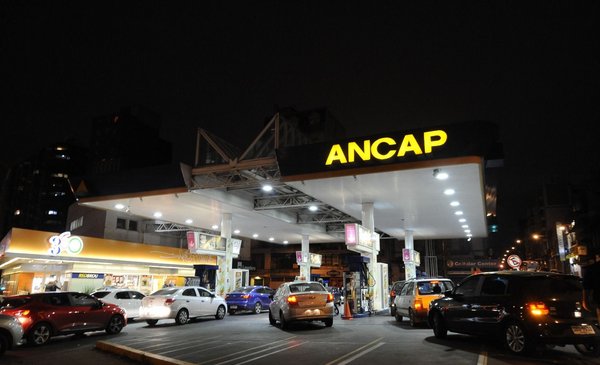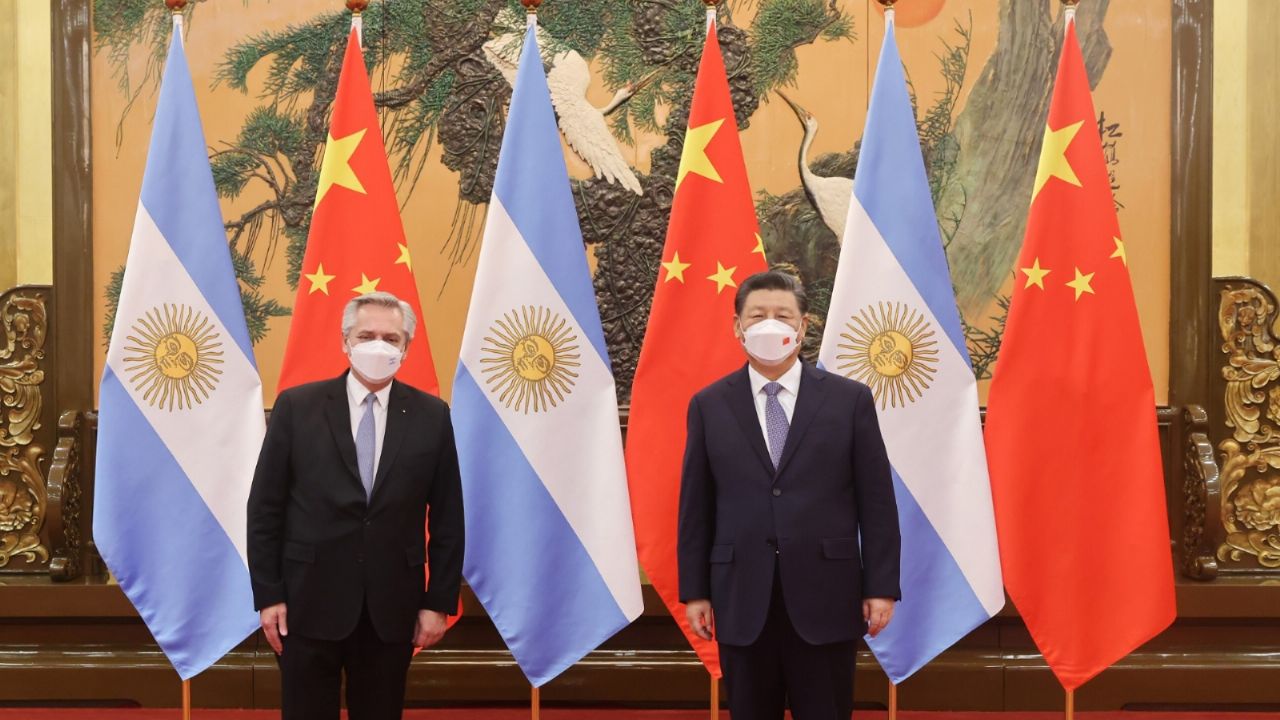Uruguay is the country with the most expensive gasoline in America, according to the ranking of the specialized website GlobalPetrolPrices. Among the 168 countries that appear on the list, gasoline sold in the national territory is ranked 36th. Most of those that surpass Uruguay in prices are states with high income per capita.
Last Monday, after four months with the rate frozen, the government announced an adjustment of $3 in the price of fuels sold by Ancap for February, in view of a strong increase intoil price in January. The measure made the country climb five positions in the international comparison, although before it was already the first in the continent with an advantage.
Among the countries of the region, Super 95 gasoline from Uruguay —at $73.41 per liter— gets a distance of $15 per second, Chile, where a liter is worth the equivalent of $58.44.
The list continues with Brazil ($55.33), Peru ($52), Paraguay ($48.64), and Argentina ($40.49). Among the rest, none more exceeds a value similar to $30.
Venezuela, the country with the largest oil reserves on the planet, pay just $1.1 per liter. In line with its natural resources, has the cheapest label, not only on the continent, but in the world.
Why is gasoline so expensive in Uruguay?
Regardless of the fact that the country does not have natural oil deposits, the small screen of the pump has high numbers for the standards of the continent due to the incidence of the tax burden and inefficiencies and cost overruns of the entire chain.
ancap provides on its official website the composition data of the final price of a liter of fuel. In Super 95 gasoline, the most consumed in the country, what the state oil company keeps only constitutes 45% of the value that consumers see. 41% of what Uruguayans pay when they go to the service station responds to fees and taxes; the rest does so mostly from distributor margins, freight and station profits.
The Import Parity Price o PPI —to which Ancap should produce refined oil to be internationally competitive— is $33.95 per liter. To obtain the $33.09 that the company keeps per liter of gasoline, to that must be added $2.97 cost overrun (a combination of a supergas subsidy, inefficiencies under Ancap’s control and cost overruns for biofuels) and subtracting $3.83 “fit”; that is, what the Executive Branch has decided not to transfer to the final price based on the (circumstantially) comfortable financial situation of the monopoly entity. The latter means that without Ancap’s green numbers, the technical guidelines indicate that the price of gasoline would be almost $4 higher.
But for only $33.09 that Ancap receives, the rate jumps to $73.41 for the public due to the effect of the $18.38 of the Specific Internal Tax (Imesi), plus $11.66 of the new environmental tax for CO emissionstwo and a remainder of the aforementioned marketing margins. The creation of the tax by COtwo, however, did not raise the tax burden because its value was previously included in the Imesi.
Compared, Peru shows a quote ($52) considerably closer to the mean, $21.4 minor to the liter of Super 95 gasoline in Uruguay. In that country, the liter of conventional gasoline traded by Petroperú (its state company) has a tax margin of 27%, about 16 percentage points less than its Uruguayan counterpart. This tax difference explains, in this way, $16 of the $21.4 difference indicated.
Without going any further, in the national territory something similar can be observed in relation to diesel. Just as the PPI of gasoline is $33.95, that of diesel is slightly lower —of $32.47— and also adds cost overruns less adjustments so that Ancap keeps $32.06, almost the same. But for the derivative to cost $20.5 less ($52.94), the difference is basically that $11.33 per liter is paid between VAT and the escrow for tickets, instead of $30.04 for the addition of Imesi and environmental tax.
If Super 95 fuel had the same tax burden as diesel, it would be sold at $51.7: the same as in Peru, much closer to the regional average.







